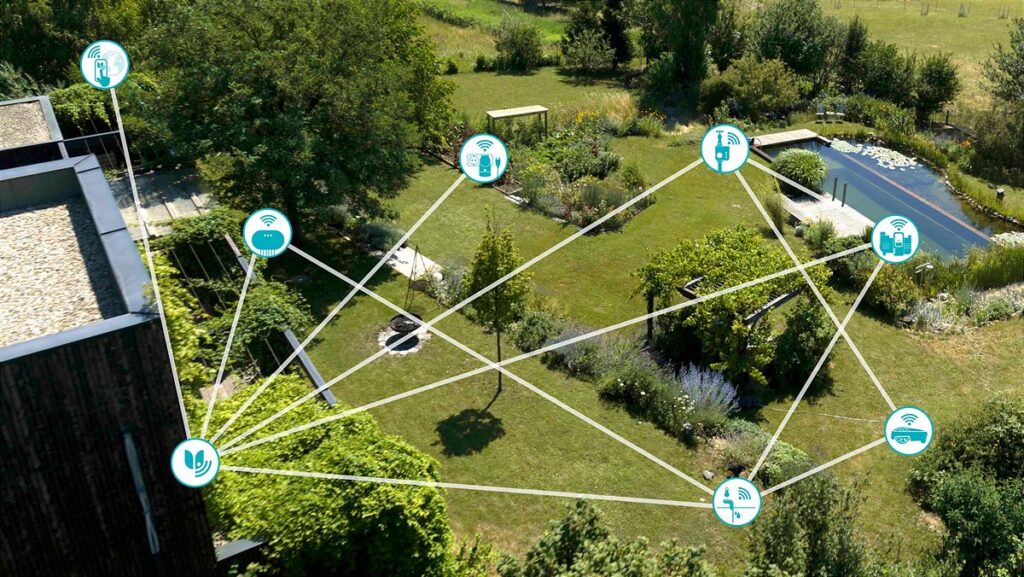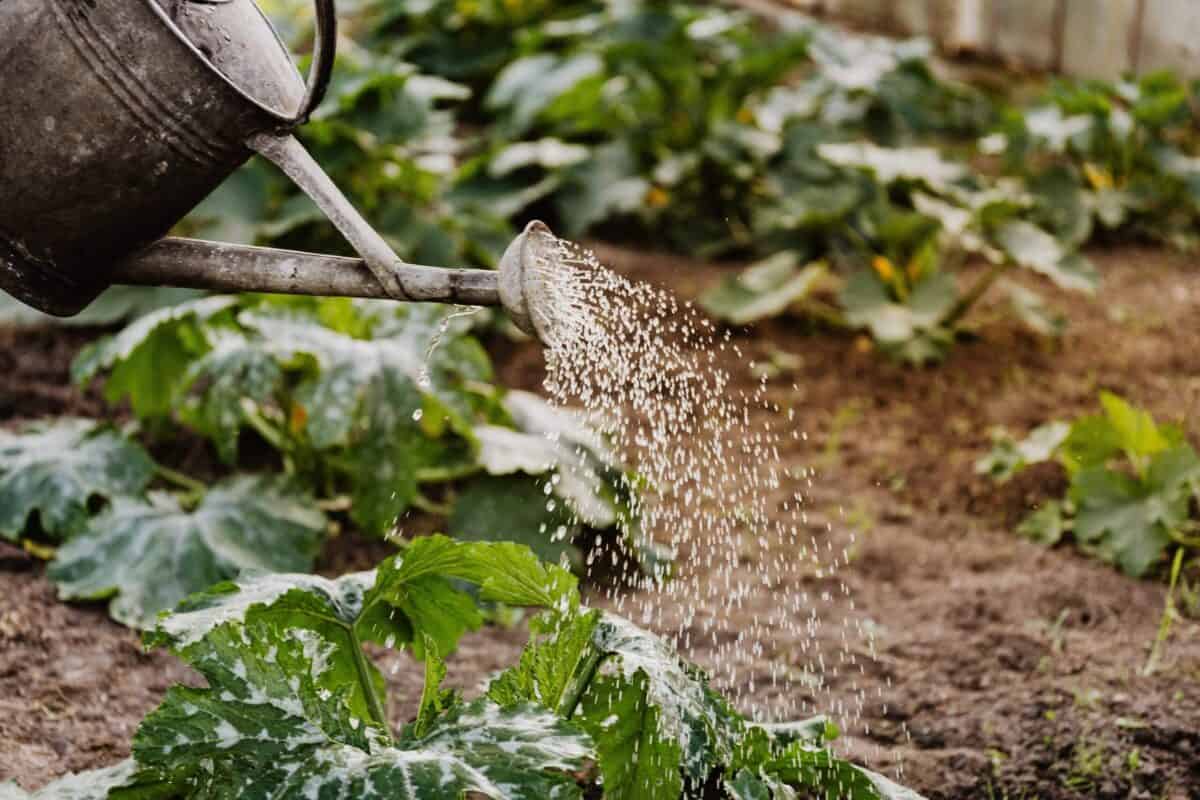In a world increasingly aware of its environmental impact, eco-friendly gardening has emerged as a powerful way to contribute to sustainability. The good news? You don’t have to sacrifice convenience for eco-friendliness. Thanks to smart tools and technology, cultivating a green garden has never been easier—or more effective. Imagine nurturing a thriving garden while also protecting the planet. Sounds like a win-win, right?
Smart gardening tools help you optimize resources, reduce waste, and make informed decisions that benefit your garden and the environment. Let’s explore how these innovative solutions are revolutionizing eco-friendly gardening, one plant at a time.
The Importance of Eco-Friendly Gardening
Before we dive into the tools, let’s take a moment to appreciate why eco-friendly gardening is crucial.
Why Go Green in Your Garden?
- Conserves resources: Eco-friendly gardening practices prioritize sustainable use of water, soil, and energy, reducing overall consumption.
- Supports biodiversity: By creating habitats for various species, you contribute to the health of local ecosystems.
- Reduces carbon footprint: Growing your own fruits and vegetables can cut down on the emissions associated with transporting produce.
- Promotes healthier soil: Eco-friendly practices enhance soil health, ensuring it remains fertile for generations to come.
Smart Tools for Eco-Friendly Gardening
Now that we understand the importance of eco-friendly gardening, let’s explore the smart tools making waves in this field. These gadgets and technologies are designed to help you garden sustainably while minimizing your environmental impact.
1. Smart Irrigation Systems: Save Water, Save the Planet
Water is one of our most precious resources, and smart irrigation systems are here to ensure it’s used efficiently. These systems take the guesswork out of watering your garden, optimizing water usage based on actual plant needs.
Key Features:
- Soil moisture sensors: These sensors detect the moisture levels in the soil, watering only when necessary, thus preventing over- or under-watering.
- Weather integration: Smart systems adjust watering schedules based on real-time weather data, ensuring that you don’t water during a rainstorm.
- Remote control: Many systems come with apps that let you monitor and control watering from anywhere, helping you manage resources better.
Why it matters: By using smart irrigation systems, you can save up to 50% on your water bill while nurturing a healthy garden.
2. Composting Solutions: Turn Waste into Nutrient-Rich Soil
Composting is one of the best ways to recycle kitchen scraps and yard waste, but traditional composting can be time-consuming and messy. Enter smart composters! These devices simplify the composting process and accelerate decomposition.
Key Features:
- Automated mixing: Smart composters automatically aerate and mix your compost, speeding up the breakdown process.
- Real-time monitoring: Some models come with apps that let you monitor temperature, moisture, and pH levels to ensure optimal composting conditions.
- Odor control: Advanced smart composters are designed to minimize odors, making them perfect for indoor use.
Why it matters: By composting, you not only reduce waste sent to landfills but also create nutrient-rich soil for your garden, enhancing its sustainability.
3. Plant Sensors: The Smart Way to Care for Your Greenery
Keeping your plants healthy is easier than ever with smart plant sensors. These devices monitor various factors that affect plant health, allowing you to make informed decisions about care.
Key Features:
- Environmental monitoring: Sensors track temperature, humidity, light levels, and soil moisture, providing a comprehensive view of your plant’s needs.
- Alerts and notifications: Get real-time alerts on your smartphone when your plants need watering, additional light, or any other care.
- Care recommendations: Many sensors provide tailored advice based on the specific plants in your garden, making it easier to keep them thriving.
Why it matters: With plant sensors, you can ensure that your plants receive optimal care, reducing waste and increasing your chances of a successful harvest.

4. Smart Garden Apps: Your Eco-Friendly Gardening Companion
To make eco-friendly gardening even more manageable, many smart tools come with integrated apps that help you plan, monitor, and maintain your garden.
Key Features:
- Garden planning tools: Many apps allow you to design your garden layout, choose suitable plants, and plan for crop rotation.
- Tracking progress: Document your gardening journey, from planting to harvesting, and track your eco-friendly practices over time.
- Community features: Connect with other gardeners, share tips, and exchange knowledge to improve your gardening skills.
Why it matters: Smart garden apps streamline the gardening process, making it easier to stay organized and focused on sustainability.
5. Hydroponic Systems: Grow Without Soil
Hydroponics is an innovative gardening method that allows you to grow plants without soil, using nutrient-rich water instead. This approach can lead to faster growth rates and less water usage.
Key Features:
- Space-efficient designs: Many hydroponic systems are compact and ideal for small spaces, making them perfect for urban gardeners.
- Automated nutrient delivery: Hydroponic systems automatically deliver the right nutrients to your plants, simplifying care.
- Year-round growing: With hydroponics, you can grow plants indoors year-round, reducing the need for transportation and its associated carbon emissions.
Why it matters: Hydroponics is an eco-friendly alternative that maximizes yield while minimizing resource use, contributing to a more sustainable food system.
Getting Started with Eco-Friendly Gardening
Ready to make your gardening more eco-friendly? Here are some simple steps to help you get started with smart tools:
- Evaluate Your Space: Take stock of your gardening space and determine which eco-friendly solutions will work best for you.
- Choose Your Tools: Start with one or two smart gardening tools that suit your needs—like a smart irrigation system or a plant sensor—and expand as you grow more comfortable.
- Research Plants: Select plants that thrive in your local climate and are suited for indoor or outdoor growing, depending on your space.
- Engage with Your Community: Join local gardening groups or online forums to learn from others, share your experiences, and stay motivated.
Common Misconceptions About Eco-Friendly Gardening
Let’s address a few myths that might be holding you back:
- “It’s too complicated.” Many smart gardening tools are designed to be user-friendly, making eco-friendly gardening accessible to everyone.
- “You need a lot of space.” Not true! Many eco-friendly solutions are designed for small spaces, perfect for urban gardeners.
- “It’s too expensive.” While some tools have a higher upfront cost, they often save money in the long run through reduced resource use and increased yields.
Join the Eco-Friendly Gardening Revolution
Eco-friendly gardening is not just a trend—it’s a crucial step toward a more sustainable future. With smart tools and technology at your disposal, you can nurture a thriving garden while protecting the planet. Every small change you make contributes to a larger movement toward environmental responsibility.
Bringing Nature Indoors: Smart Gardening Solutions for Your Home

